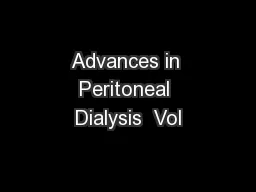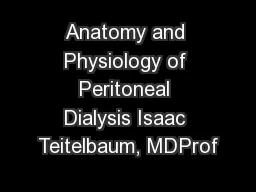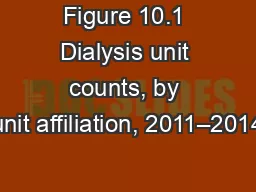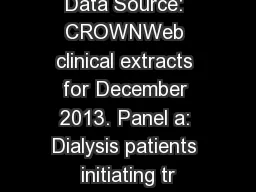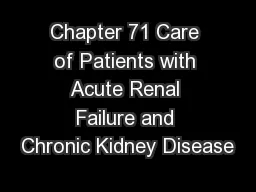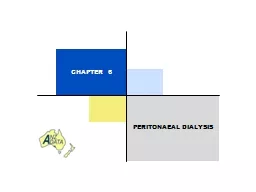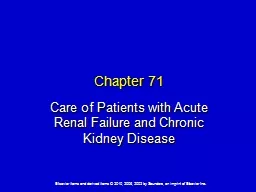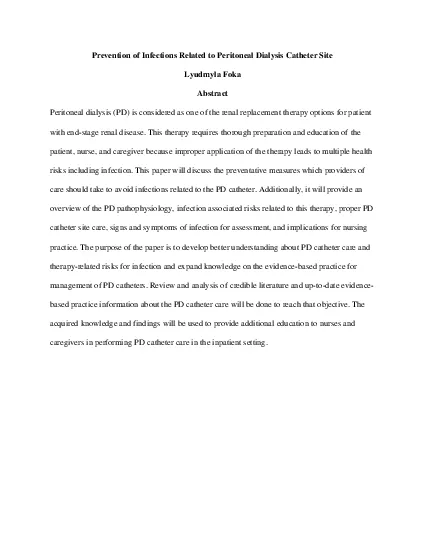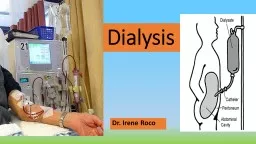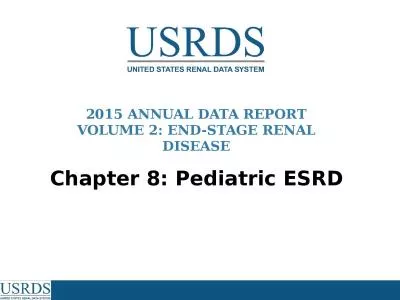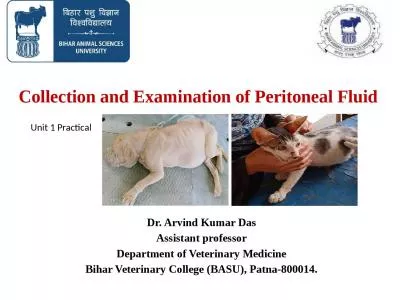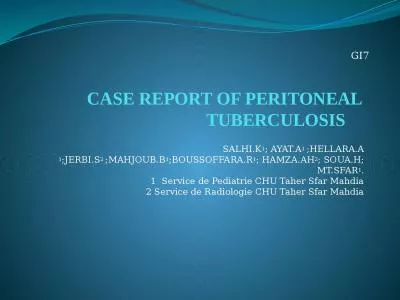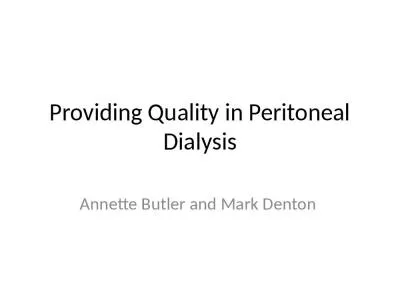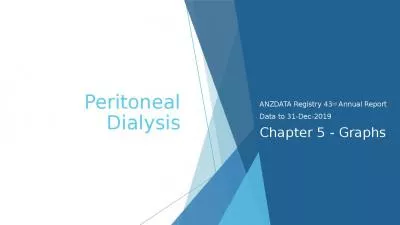PDF-Advances in Peritoneal Dialysis Vol
Author : tatiana-dople | Published Date : 2015-06-09
27 2011 Seventeen Years Experience of Surgical Options for Encapsulating Peritoneal Sclerosis QFDSVXODWLQJ57347SHULWRQHDO57347VFOHURVLV5734757355365735657347LV57347D57347VHULRXV
Presentation Embed Code
Download Presentation
Download Presentation The PPT/PDF document "Advances in Peritoneal Dialysis Vol" is the property of its rightful owner. Permission is granted to download and print the materials on this website for personal, non-commercial use only, and to display it on your personal computer provided you do not modify the materials and that you retain all copyright notices contained in the materials. By downloading content from our website, you accept the terms of this agreement.
Advances in Peritoneal Dialysis Vol: Transcript
Download Rules Of Document
"Advances in Peritoneal Dialysis Vol"The content belongs to its owner. You may download and print it for personal use, without modification, and keep all copyright notices. By downloading, you agree to these terms.
Related Documents

